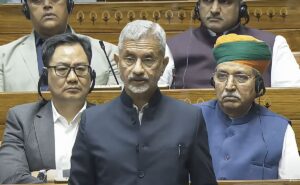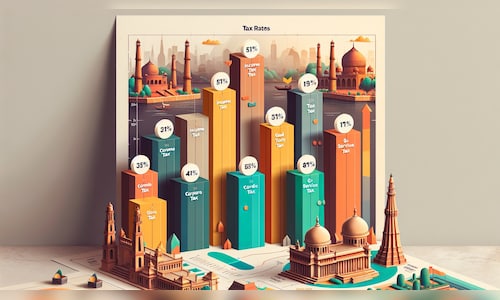
SUMMARY
The GoM is planning to alter the tax structure of 148 goods, with the intention of balancing tax rates in different categories. Essential products will enjoy tax reductions, while luxury items will face higher rates, which will enable the GST system to become simpler and equitable.
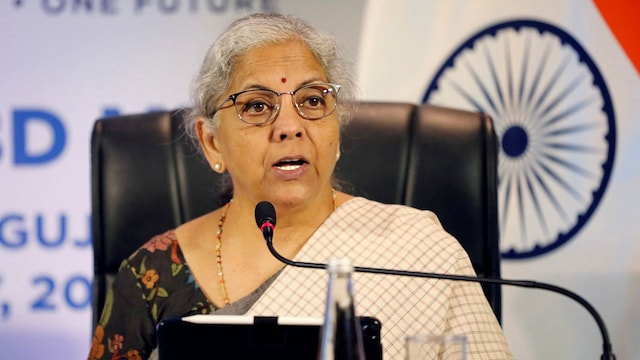
The Group of Ministers (GoM) has decided on new tax rates, intending to revise them for 148 goods. This will be elaborated on during the upcoming GST Council meeting scheduled on December 21. The meeting is to be chaired by Union Finance Minister Nirmala Sitharaman in Jaisalmer, Rajasthan (Photo: Reuters)
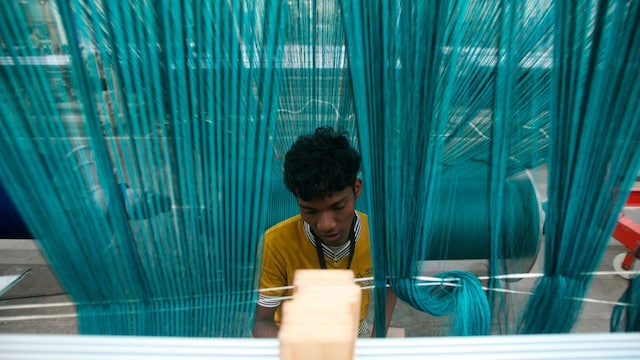
The GoM has proposed a new GST framework for readymade garments in order to make the tax structure. Garments sold until a maximum of ₹1,500 will have a 5% GST, while those sold between ₹1,500 and ₹10,000 will incur a tax of 18% and if more than ₹10,000, will incur 28% GST rate (Photo: Reuters)
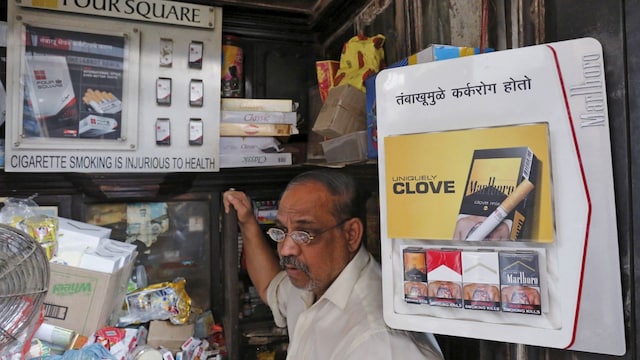
The GoM has recommended an increase in taxes on sin goods. These include aerated beverages, tobacco goods and cigarettes. A new 35% GST rate has been proposed on these products (Photo: Reuters)
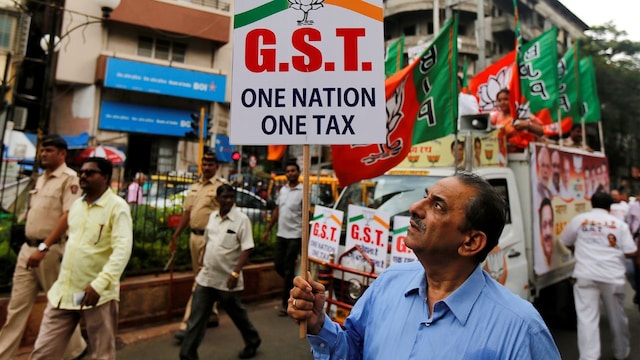
All these changes are to be discussed and decided upon at the 55th meeting of the GST Council comprising both state and central ministers. Decisions are taken on the basis of consensus, but votes will be taken only if necessary. The central government has one-third of voting ability whilst state governments have two-thirds (Photo: Reuters).

The focus will mainly be on everyday consumer goods. The GoM has proposed a reduction in GST rates for essential products, including exercise books and bottled water to make these more affordable for the public (Photo: Reuters).
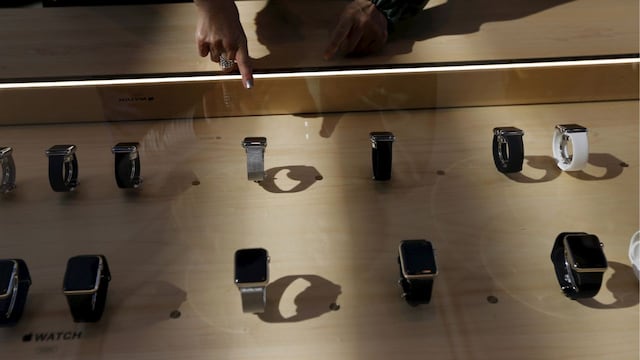
Luxury items will also incur GST. Wristwatches priced over ₹25,000 will incur between 18% and 28%. Shoes sold at over ₹15,000 will also face a hike. They will be taxed similarly to other luxury items (Photo: Reuters).
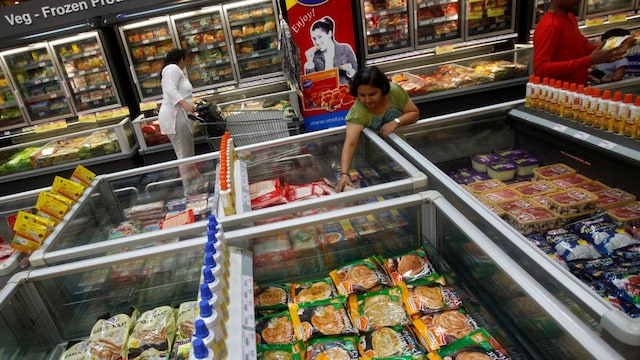
The GoM is planning to alter the tax structure of 148 goods, with the intention of balancing tax rates in different categories. Essential products will enjoy tax reductions, while luxury items will face higher rates, which will enable the GST system to become simpler and equitable (Photo: Reuters).
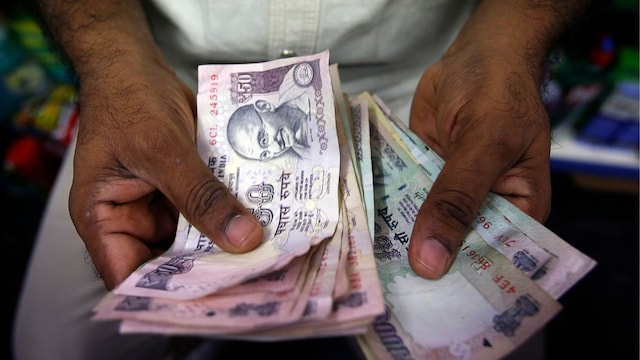
All these changes are likely to have a positive impact on revenue. Raising taxes on luxuries while reducing them for daily essentials is considered beneficial for consumers and the economy (Photo: Reuters).
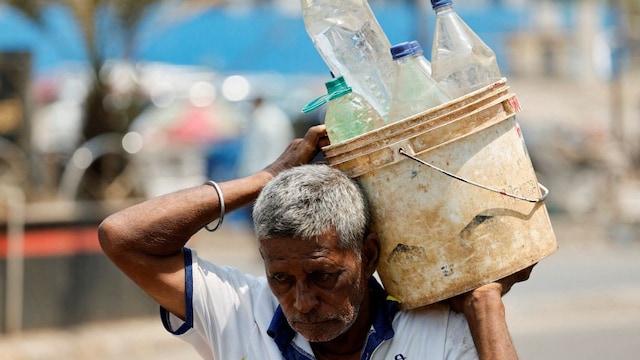
There is also a suggestion to reduce GST on healthcare products. Large packs of bottled water (20 liters or more) will be taxed at a 5% rate and so will health insurance premiums. This is a reduction from 18% meant to ease consumers’ financial burdens (Photo: Reuters).
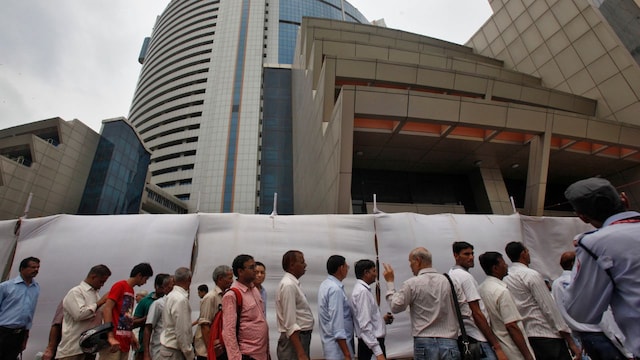
The GoM also intends to submit a report for the replacement of the compensation cess post abolition. The government is currently drafting a taxation proposal in place of the cess. The report will be submitted by December 31, in accordance with the ongoing tax reforms (Photo: Reuters).



